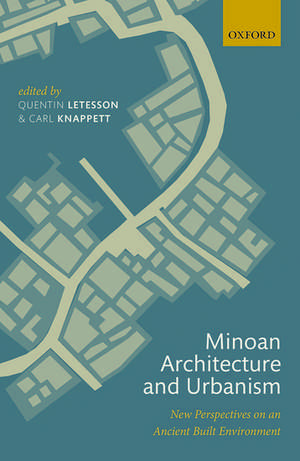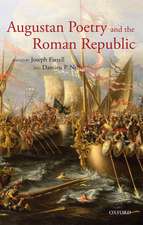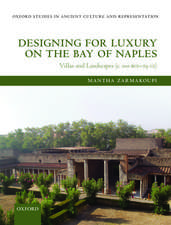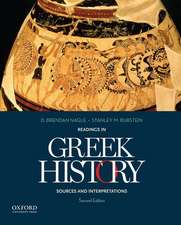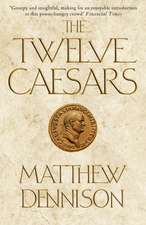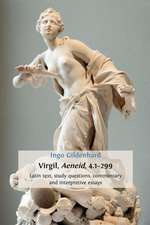Minoan Architecture and Urbanism: New Perspectives on an Ancient Built Environment
Editat de Quentin Letesson, Carl Knappetten Limba Engleză Hardback – 13 iul 2017
Preț: 837.95 lei
Preț vechi: 1137.51 lei
-26% Nou
Puncte Express: 1257
Preț estimativ în valută:
160.36€ • 174.13$ • 134.70£
160.36€ • 174.13$ • 134.70£
Carte disponibilă
Livrare economică 21-27 martie
Preluare comenzi: 021 569.72.76
Specificații
ISBN-13: 9780198793625
ISBN-10: 0198793626
Pagini: 416
Dimensiuni: 175 x 240 x 28 mm
Greutate: 0.84 kg
Editura: OUP OXFORD
Colecția OUP Oxford
Locul publicării:Oxford, United Kingdom
ISBN-10: 0198793626
Pagini: 416
Dimensiuni: 175 x 240 x 28 mm
Greutate: 0.84 kg
Editura: OUP OXFORD
Colecția OUP Oxford
Locul publicării:Oxford, United Kingdom
Recenzii
This edited volume is an interesting and inspiring read for everyone interested in architectural studies. Especially the introductory chapters to each part written by the editors (chapters 2, 6 and 11) are stimulating, while the first and final chapter (chapters 1, 15) provide ample reference to earlier studies of various architectural (Minoan) features.
The book deserves a prominent place in every serious archaeological library and an admission to the must-read lists of pertinent graduate seminars.
The book deserves a prominent place in every serious archaeological library and an admission to the must-read lists of pertinent graduate seminars.
Notă biografică
Quentin Letesson is Marie Sklodowska-Curie postdoctoral fellow at the Department of Art, University of Toronto and the Département d'histoire de l'art et d'archéologie, Université catholique de Louvain. His work focuses on configurational analyses of the Minoan built environment, on the urbanisation of Crete, and on the emergence of technical innovations in the production of Minoan material culture. He teaches archaeological theory and ethnoarchaeology at the Université catholique de Louvain. He is involved in several excavations on Crete, most notably at Palaikastro and Sissi. Carl Knappett teaches in the Department of Art at the University of Toronto, where he holds the Walter Graham/ Homer Thompson Chair in Aegean Prehistory. He is an archaeologist interested in how things generate meaning through their creation and use. While the things of the Aegean Bronze Age are his main focus, particularly the pottery of Minoan Crete, he attempts to integrate insights from the study of things in ethnographic, ethnoarchaeological and sociological contexts with a view to developing a broad-based approach to materiality in society. His publications include Thinking Through Material Culture (Penn Press), An Archaeology of Interaction, and Network Analysis in Archaeology (both with Oxford University Press). He conducts fieldwork at various Bronze Age sites across the Aegean, and directs the new excavations at the Minoan town of Palaikastro in east Crete.
